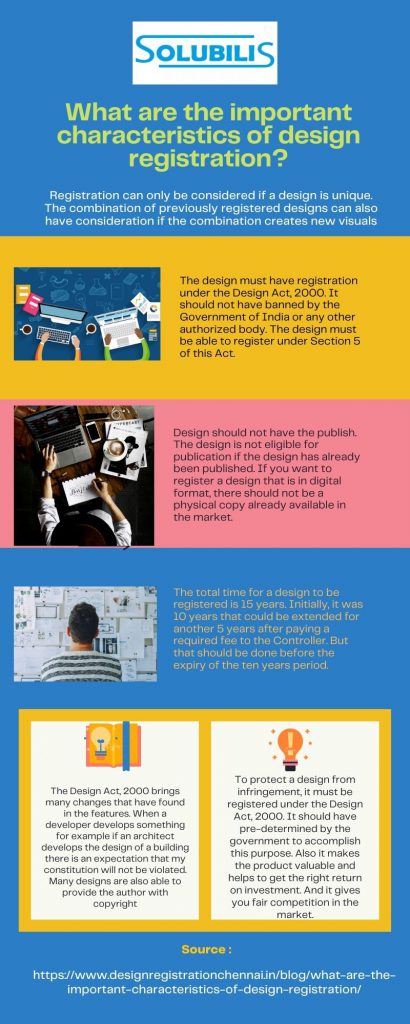TALK TO EXPERTS
In our daily life, we encounter various encounter objects that we can identify by observing their design. Products that have artistically designed can attract the customer’s attention at the time they see it. These designs can take the form of art, drawings, graphics, etc. These designs can have creation by professionals including engineering designs or architecture blueprints for any property, interior design, etc.
The term ‘design’ does not include procedures such as how an article is written. Previously this law had governance by the Design Act, 1911. So to bring the Design Act with the enactment of new international law. Currently, design laws have maintenance by design laws, 2000.
Origin and development of Design Act in India
- The origins of the Design Act in India date back to the British period.
- The first law granting design privileges and protections was the Patents and Designs Act, 1872. This law had supplemented by the Act of 1859, which had passed by the Governor-General of India to protect the industrial designs and to give privileges to researchers.
- The Invention and Design Act of 1888 repealed this Act of 1872.
- The 1888 Act was a reflection of the United Kingdom’s Design Act.
- In 1911, the British government enacted a new law in the form of the Patents and Designs Act, repealing all previous laws.
- In 1930, this law had amended and the government made some changes in the process of registration of designs, changing the concept of new and original design to new or original design.
- This law is in usage to govern both patents as well as matters relating to design.
- In 1970, the Patent Act had enacted to deal with special patent matters. All the patent-related provisions of this Act had repealed and it will continue to deal with Industrial Design until 2000.
- India became a member of the WTO in 1995. As a result, the Patents and Designs Act of 1911 had repealed and a new act, the Design Act, 2000, had enacted in compliance with the TRIPS (aspects relating to the trade of intellectual property rights). To create design laws for the country.
- The new law came into force on May 11, 2001.

Important characteristics of design registration
Innovation and originality
Registration can only be considered if a design is unique. The combination of previously registered designs can also have consideration if the combination creates new visuals. In one case Hello Mineral Water PVT. LTD. V. Thermoking California has no consideration new on the grounds that shape and form alone are not enough to prove the innovation of a pure, cylindrical shaped water dispenser.
Design should not be against order and ethics
The design must have registration under the Design Act, 2000. It should not have banned by the Government of India or any other authorized body. The design must be able to register under Section 5 of this Act. A composition that can break the peace and hurt the feelings of the people will not have permission to register.
Applying the design in the article
The usefulness of the design must be in the article. It can be informed by a three-dimensional figure. The act also includes two-dimensional diagrams, i.e. no painting on the walls or no graffiti or printing on bedsheets.
The design must be unique, preferably publication is not acceptable
Design should not have the publish. The design is not eligible for publication if the design has already been published. If you want to register a design that is in digital format, there should not be a physical copy already available in the market. The display of design in any fashion show by the creator is the publication of that design. The secret and private use of the design is not the same for publication and can be used for experimental purposes.
Duration of design registration
The total time for a design to be registered is 15 years. Initially, it was 10 years that could be extended for another 5 years after paying a required fee to the Controller. But that should be done before the expiry of the ten years period. The proprietor of any design can also file an application as soon as the design is registered for such an extension.
Importance of Design
The design reflects the intelligence and creativity of someone who later becomes a product. The design of any product has a lasting effect on the minds of consumers. Also the design helps customers identify any product. If a design is attractive it adds value to the business of that product. Thus, to protect a design from infringement, it must be registered under the Design Act, 2000. It should have pre-determined by the government to accomplish this purpose. Also it makes the product valuable and helps to get the right return on investment. And it gives you fair competition in the market.

Cancellation of Design registration
Registration of any design can have cancellation at any time after registration by filing such cancellation application in Form 8 with a fee of required amount to the controller.
The grounds for such cancellation are as follows.
This design has already registered in India.
It has published anywhere in India or before the date of registration.
The design is not original or new.
It does not have registration under the Act.
Conclusion
The Design Act, 2000 brings many changes that have found in the features. When a developer develops something for example if an architect develops the design of a building there is an expectation that my constitution will not be violated. Many designs are also able to provide the author with copyright.
In that case the violation of both cannot have sued separately. The owner must choose the one that is more advantageous. Good design involves high intelligence and has a lasting effect. The government brings a great policy of design protection. Moreover, this design can also have a negative impact on the value of the business if this is violated. Good design is always remembered.
